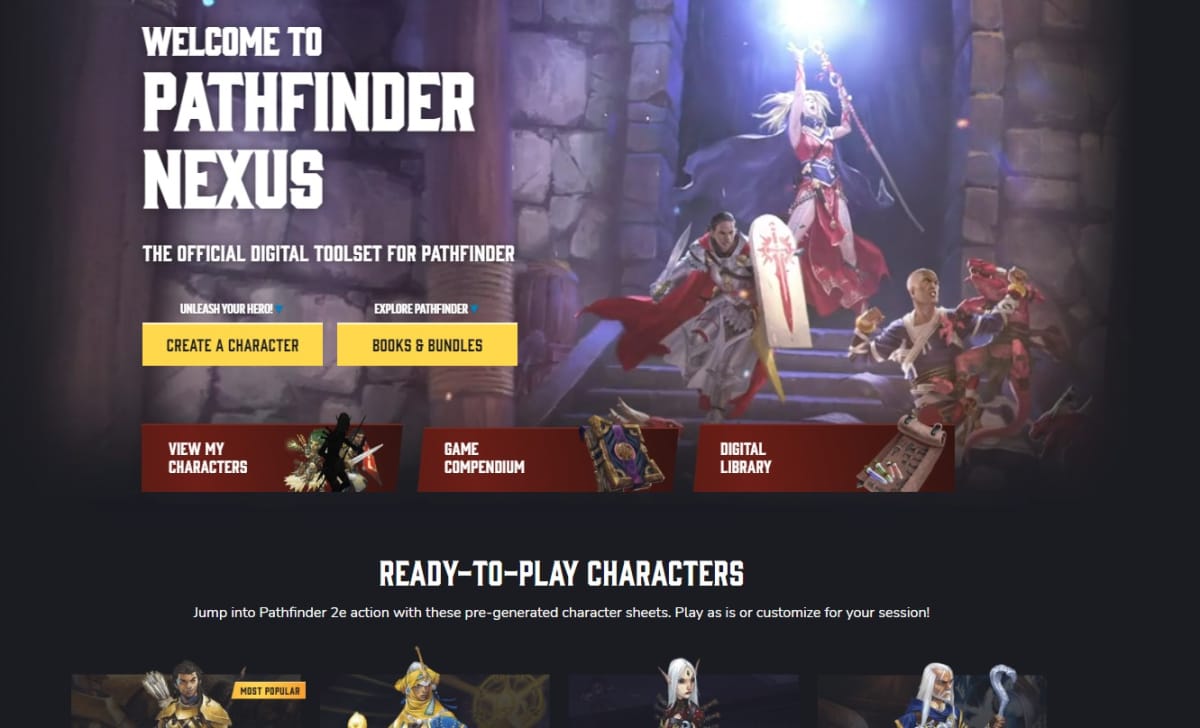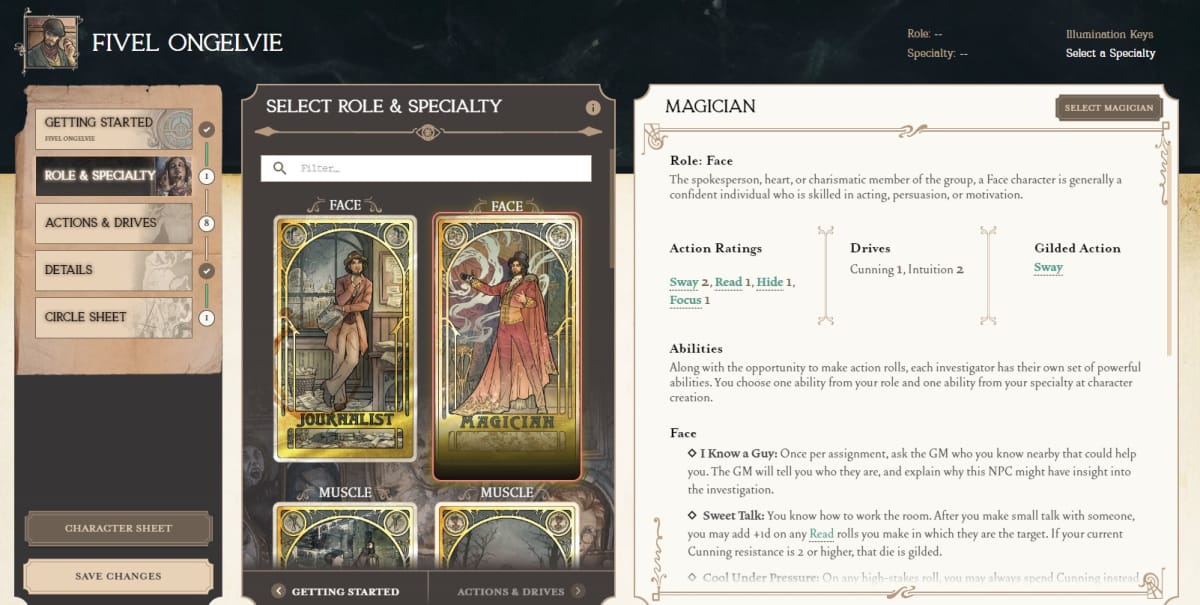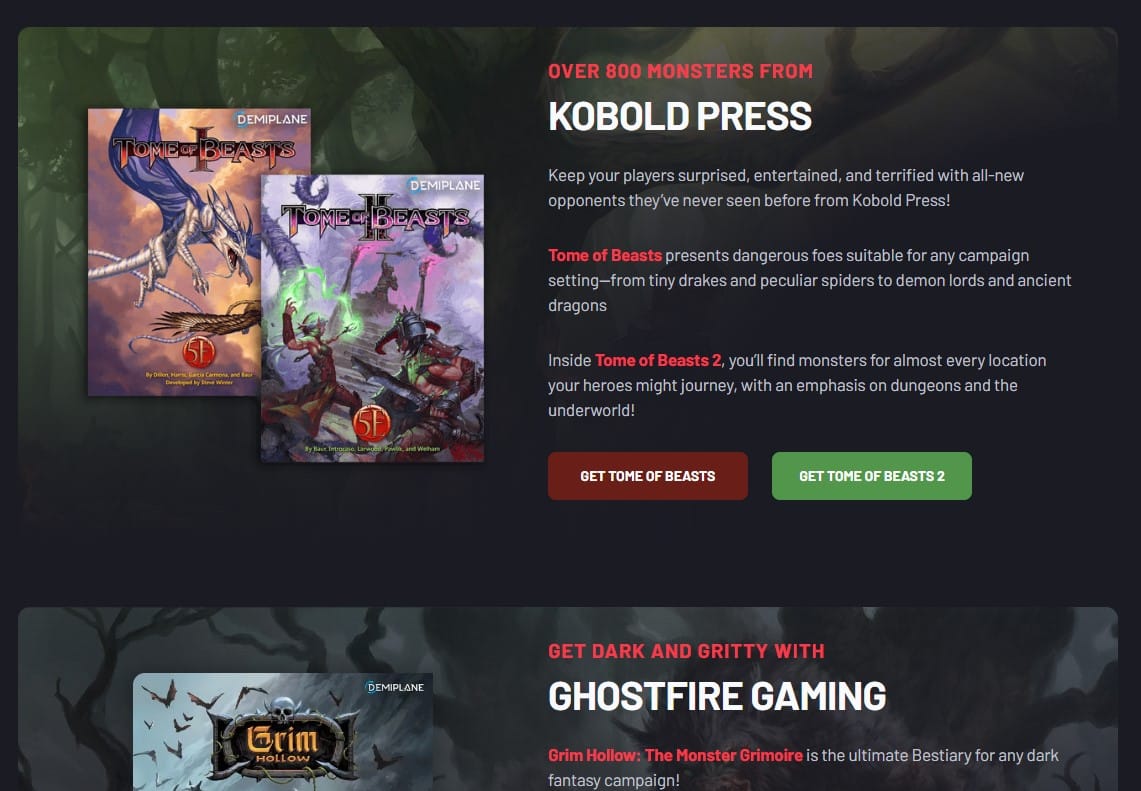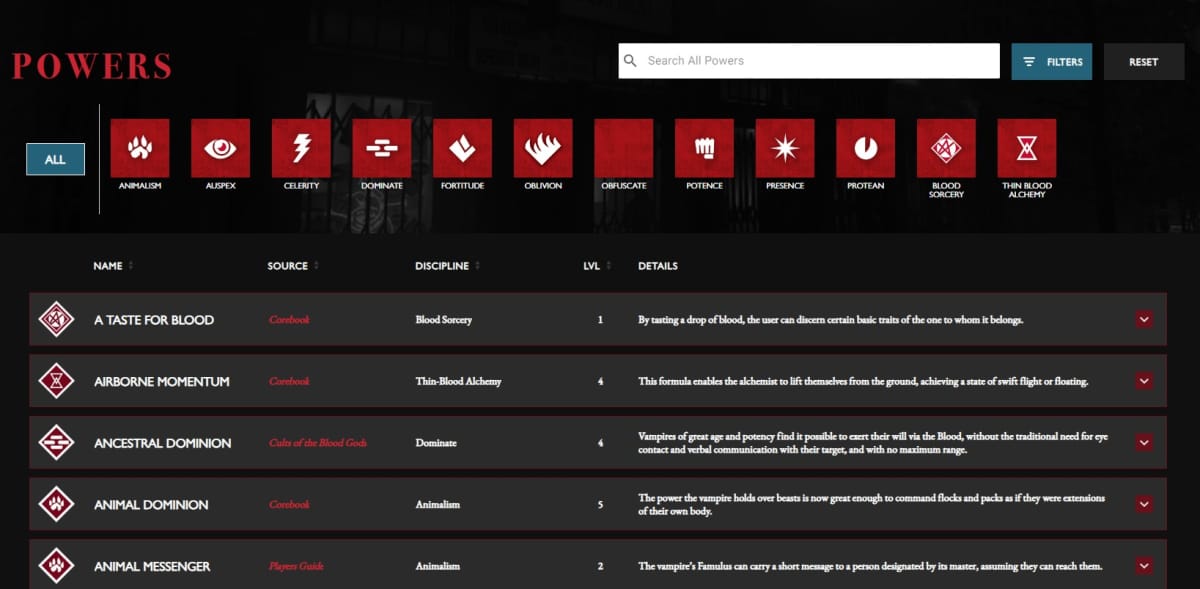Nowadays it’s easy to add more production value to your TTRPG games. With prop tutorials on YouTube, affordable 3D printing, and digital TTRPG tools you can end up pretty far away from the pencil and paper of 20+ years ago. One such digital TTRPG tool is Demiplane, a way to run and play several different TTRPG systems including Pathfinder 2e, Vampire: The Masquerade, and recently Candela Obscura.
Last week I sat down with Demiplane CEO Peter Romenesko to discuss what Demiplane is, what players can expect using these tools, and what they have in store for the future.
Demiplane began as Peter and his team saw a gap between the number of Game Masters out there wanting to run games and the overwhelming amount of players that wanted to participate in them.
https://www.youtube.com/watch?v=/qcUsI1sYlqg
Originally Demiplane began as an algorithm to pair players with games. “We realized quickly that once they found groups they were all really focused on one game,” Peter explained “we saw a huge opportunity to open that up into other game systems.”
“Why is it that folks don’t want to go out and play other games? It’s because learning a new game is an effort”
That’s when Adam Bradford joined the Demiplane team. Adam founded D&DBeyond and had been working on their digital toolset for Dungeons & Dragons 5th Edition. When approaching Adam there was a belief that “through character tools, you can really educate people on how to play new games and since then the rest is history.”
Romenesko highlighted how far Demiplane has come since that original conversation. “There’s 5 tools in the system, we’re looking at at least a dozen more in the next year, and we have about thirty signed total”
Not ‘Physical vs online’ but ‘In-person vs at a distance’
With Demiplane they don’t like to talk about playing TTRPG as physically or digitally, instead, they talk about playing in-person and at a distance as they believe that digital tools like theirs have a place at the physical table among the pens and paper.
There’s an importance that Demiplane places on their system and how it can be used in different scenarios. “If they’re playing at a distance our digital solutions might do this, but if they’re playing in person we need to make sure the digital solution does that”
There’s a belief that technology can help in the learning of the game no matter where you are in relation to the other players at the table.
Using data they’ve obtained from their player base Romenesko explained that “over 45% of [Demplane] users are using our tools at the table.”
New And Future Systems
Starting with Pathfinder 2e Romenesko said that the process of creating and integrating everything took about a year, but in the past 45 days they’ve released 3-4 games.
While Demiplane began with them reaching out to these different publishers of systems Romenesko was happy to talk about how that tide has shifted as they’ve shown off how well Demiplane helps to teach TTRPG.
Romenesko told me that early on when more publishers were approaching them they had to pause to make sure they were able to scale correctly with new systems in terms of development and support. Now that they’re confident in their ability Demiplane has been able to reach back out to some of those companies and begin working on digital tools for their systems.

Just last week alongside the launch of Candela Obscura by Darrington Press Demiplane launched digital tools including a digital edition of the Candela Obscura Core Rulebook and Character Sheet tools.
When working to implement Candela Obscura there was a lot of the look and feel that Demiplane was wanting to make sure carried across to the players. “We leaned really heavily into the idea of creating your investigator […] but we like the idea of ‘you are being brought into Candela Obscura so everything was about that.”
Tal’Dorei Campaign Reborn for D&D 5e and Candela Obscura, both from Darrington Press, find their home on Demiplane. I asked if Demiplane is where fans eager to get their hands on the newly announced Daggerheart system will be able to find digital tools.
Romenesko was not able to confirm in any way, but did say from his own personal experience having a chance to play Daggerheart and “it was a blast. Games like that make everyone excited to see them come out but no official comment”
Creating a character while learning the game
Romenesko walked me through the process of creating a Candela Obscura character including the availability of August “Auggie” James’s Character Sheet, the character that Ashley Johnson played in Chapter 1 of Candela Obscura. A new player could select this character sheet and immediately begin playing.
When creating a new character on each subsequent screen you’ll be taught the importance of statistics as you go. On the first tab of Candela Obscura creation you’ll be invited into the organization and pick a name and icon.

Next to pick your role and speciality you’ll be first introduced to what Roles and Specialities are, Candela Obscura’s version of a class and subclass. After selecting one from the Tarot cards all of the relevant information will be shown to you.
Without needing to flip through a book you’ll know everything about your potential character. Key terms like Survey and Sway will also have information boxes that can be further expanded so you know what you’re getting into.
Then once your character sheet has been created you’re able to view it and even roll off it. Romenesko also showed me for those moments where you might want to make alterations on the system there’s wiggle room to leave notes for yourself or even adjust values where it might not always make sense.
“You have three opportunities to learn when you play these games. One, when you purchase the content. You sit down and you read it. […] The second time is when you build your character, you want to understand the relationship between abilities and gear and actions because you need to go through that process. The third is when you’re actually playing it and you can see what other people are doing and also see what you want to do and you have someone that’s guiding the story.”
Demiplane Homebrew Support
At the moment for 5e resources Demiplane has Darrington Press, Kobold Press, and Ghostfire Gaming with character tools coming in 2024.

“One of the things that [the leadership group] at Demiplane said was that we’re not going to release 5e until homebrew is complete. Those things have to come together and when we release homebrew we want to release it for everything”
It was knowing how important it is to abide by the rules, but that each table is different in what they put into their games and how much they want to modify what’s readily available that the Demiplane team knew that homebrew support was going to be a big part of it.
How Demiplane can help pen and paper players
While a lot of Demiplane’s tools are built around the experience at the table Romensko also highlighted how it makes the information from the books more accessible even when away from the table.
“If you’re really into Pen and Paper what Demiplane allows you to do, maybe even a bit jokingly, you get to do it at work”
He went on to share anecdotes about how he’d seen comments and social posts from users who had discovered new spells or information among the hundreds of spells that they might not have if they had the book in their hands.

“You can start to explore all of these options that previously may have been something that you didn’t see in front of you.”
Romensko also added that by looking at the source library within Demiplane players have also found new books that they didn’t know were available. “They’re actually using the digital tools as a discovery mechanism as opposed to just a playing mechanism. Not every game system is like that but we view [Demiplane] as a companion.”
Romensko also reassured that “it’s not our job to replace that physical play. We want to help it and we always ask ourselves ‘what’s the best part of video games that we can bring to this industry without making it a video game?'”